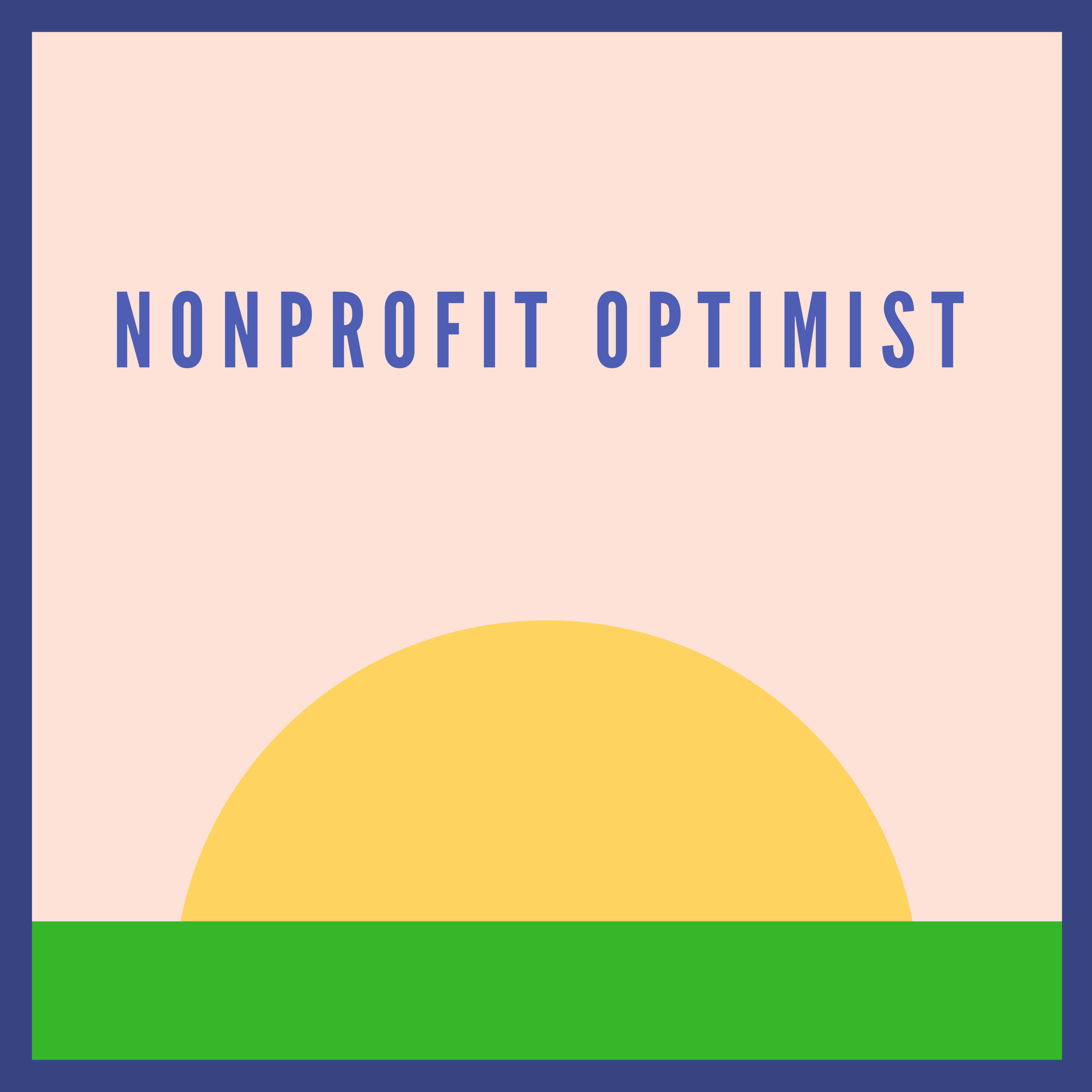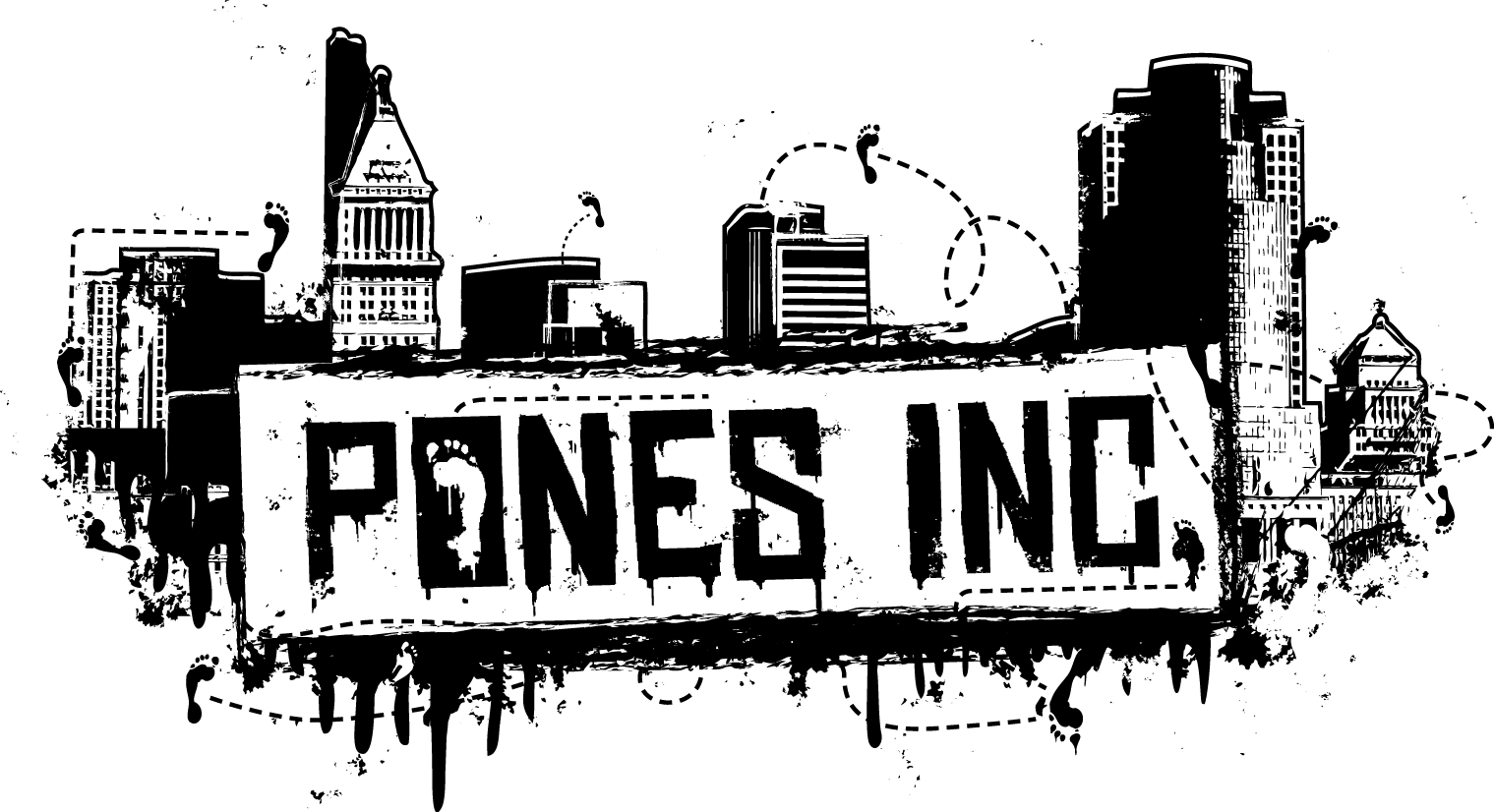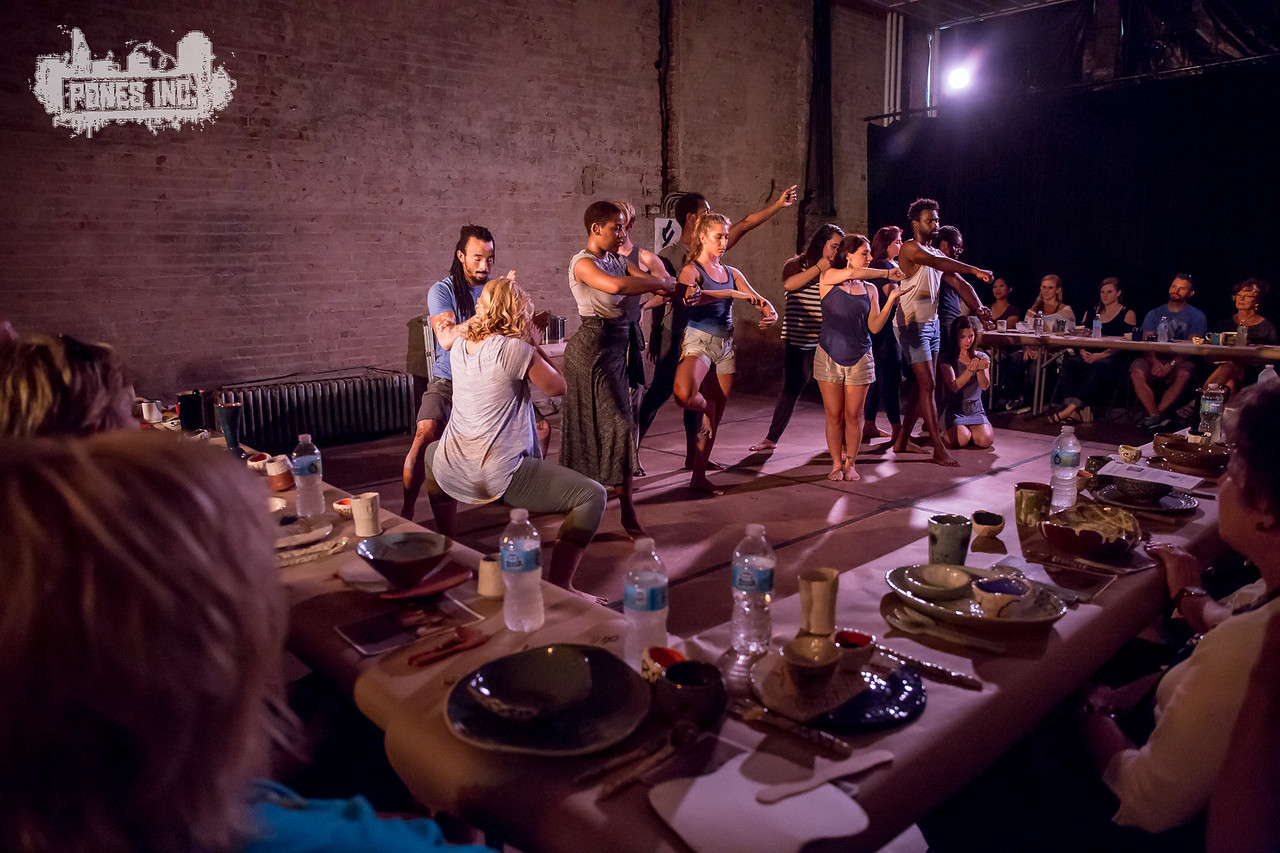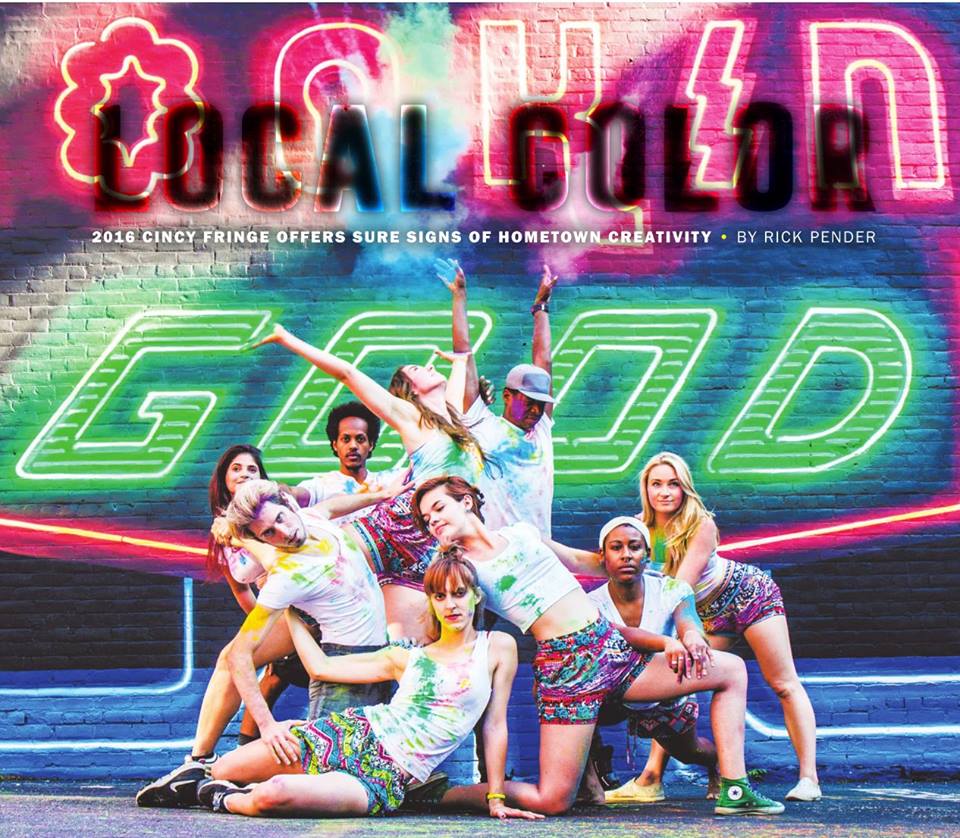NPO 017: Kim Popa (Pones)
Today's Guest: Kim Popa
Kim has studied dance for 30 years and graduated summa cum laude with a BFA in theatre and dance from Northern Kentucky University. Popa is a professor at the Art Academy of Cincinnati, and also teaches dance classes at The Carnegie and SCPA, as well as multiple dance workshops around the tri-state. Popa danced most recently in Sri Lanka, but has also danced at the CrisisArt Festival in Arezzo, Italy in 2014 and the Sibiu International Theatre Festival in Sibiu, Romania in 2007, and performed in multiple NKU mainstage productions and modern dance concerts. In addition to teaching and performing, Popa is the Executive Director, co-founder, and performing member of Pones Inc. Beyond Pones Inc., she has choreographed for multiple award-winning productions at NKU, New Edgecliff Theatre, and Know Theatre. She is a trustee on the board of OhioDance, serves as a “big” for Big Brothers Big Sisters, and has a passion for art and volunteerism in many forms.
Nonprofit Spotlight: Pones
Pones provides artistic opportunities for community growth by creating engaging new ways for audiences to experience dance. They believe art creates powerful change. Through their three main program offerings (Pones in Public, Laboratory of Movement and their Productions), Pones has been using dance to connect, engage, enliven and inspire others in the Cincinnati, Ohio area since 2008. The Pones Facebook page.
Lessons Learned:
Kim shares about the unique space that Pones fills in the Cincinnati, OH area and about how their group came to be. She speaks highly of her active board members and their willingness to support Pones financially and strategically. The four big lessons she discusses are as follows:
- Collaboration can be wildly successful. Not only can it lead to new audiences and better brand awareness, but Pones has found that partnering with larger arts groups has led to amazing funding opportunities and greater sustainability for them as an organization.
- Their staffing model... using the term "collective," Kim shared that they don't offer dancers contracts for a full fiscal year, but rather provide opportunities on a regular basis for dancers and teachers to sign up for different gigs. That flexibility has been beneficial both to the organization and the dancers. It's a model that wouldn't work for every organization, but it's important to look at the people within your organization to see if there's an alternative staffing model that is better suited to your nonprofit.
- Creating a board that is reflective of the company. After feeling unsettled by the lack of diversity among board members and feeling great pride about the diversity of the collective, Kim explained that she and the board had a frank conversation about it and decided to make some changes. In addition to recognizing the desire for diversity, they also recognized some of the barriers to having a diverse board and created modifications that would enable that to happen. The largest modification being the member dues. They created a model where 15% of board members can sign an agreement to contribute to the organization is non-financial ways. This works effectively for them.
- Another great idea Pones has is to invite a dancer or instructor to come to board meetings. This provides a great opportunity for the dancer or instructor to hear the inner-workings of the board and gives them a chance to see some of the plans for the bigger picture. It also gives board members an opportunity to talk directly with some of the people working for Pones other than the E.D. It provides them a more full picture and lets them hear stories and ideas from a new voice. This is a great idea for any nonprofit that is interested in dismantling power dynamics within their nonprofit and creating more opportunities for dialogue.
Story of Good: Finding her Voice
A female patient at the VA participates in a program for people who are experiencing a myriad of things-- PTSD, traumatic brain injuries, etc. For the first year of her time in this program, she was entirely mute. After having participated in the Laboratory of Movement for several weeks, she began sharing profusely. In using her body and participating in these movements, she was able to reconnect with her voice and story in a way that previous interventions hadn't touched. To see more about this story, you can check out this video.
Next week: Ann Rhomberg, Executive Director of Solidarity Bridge.






